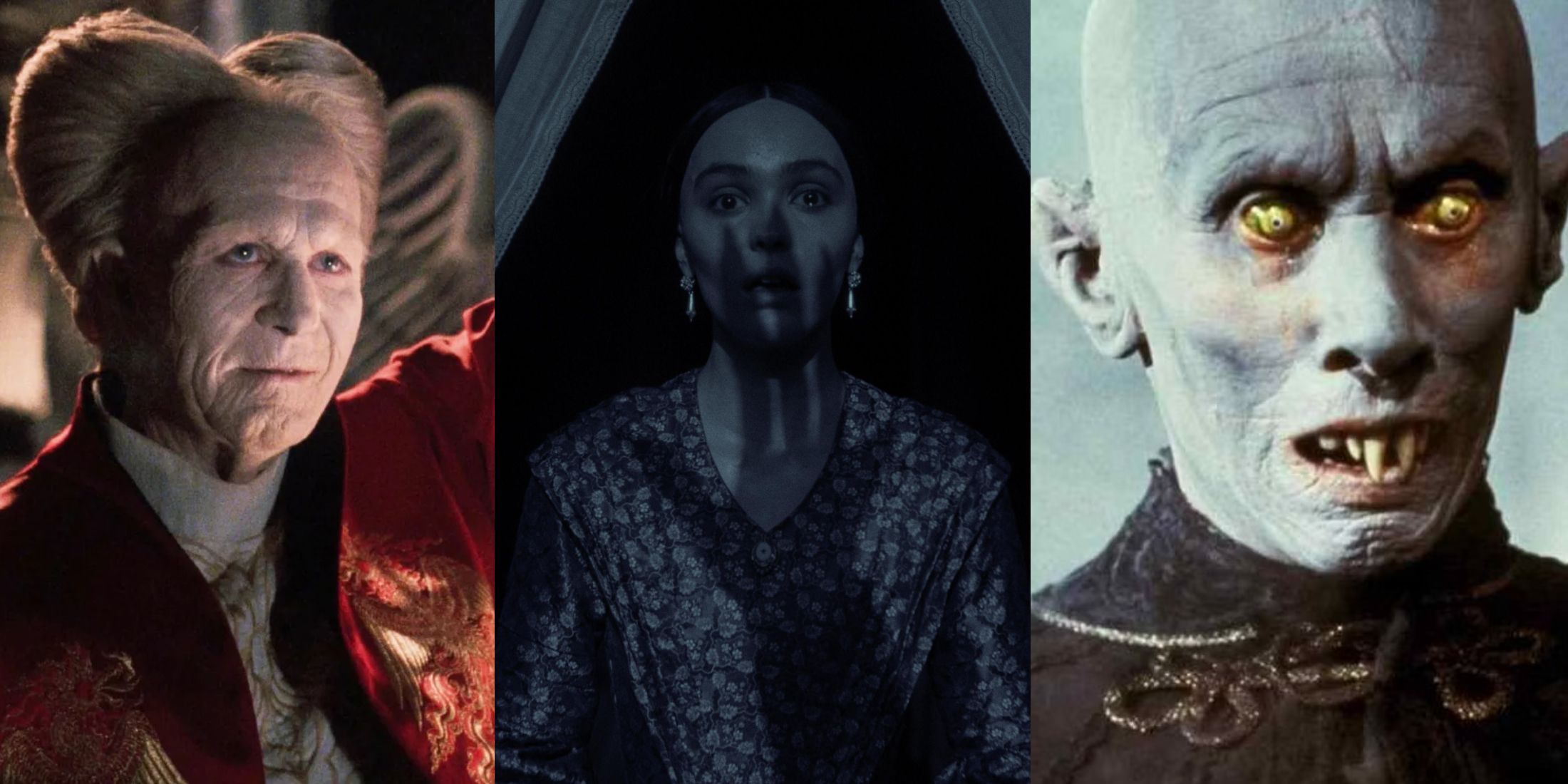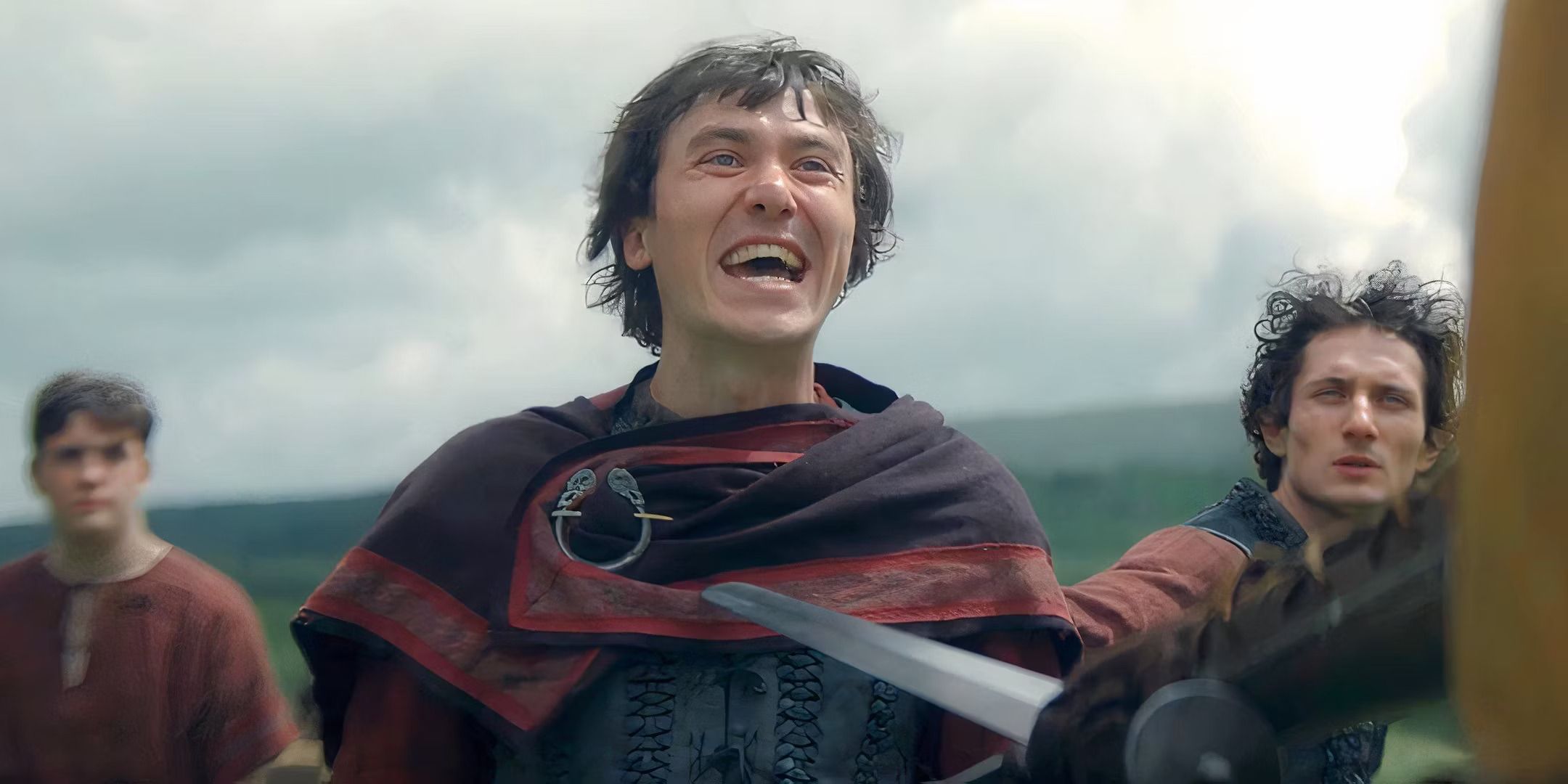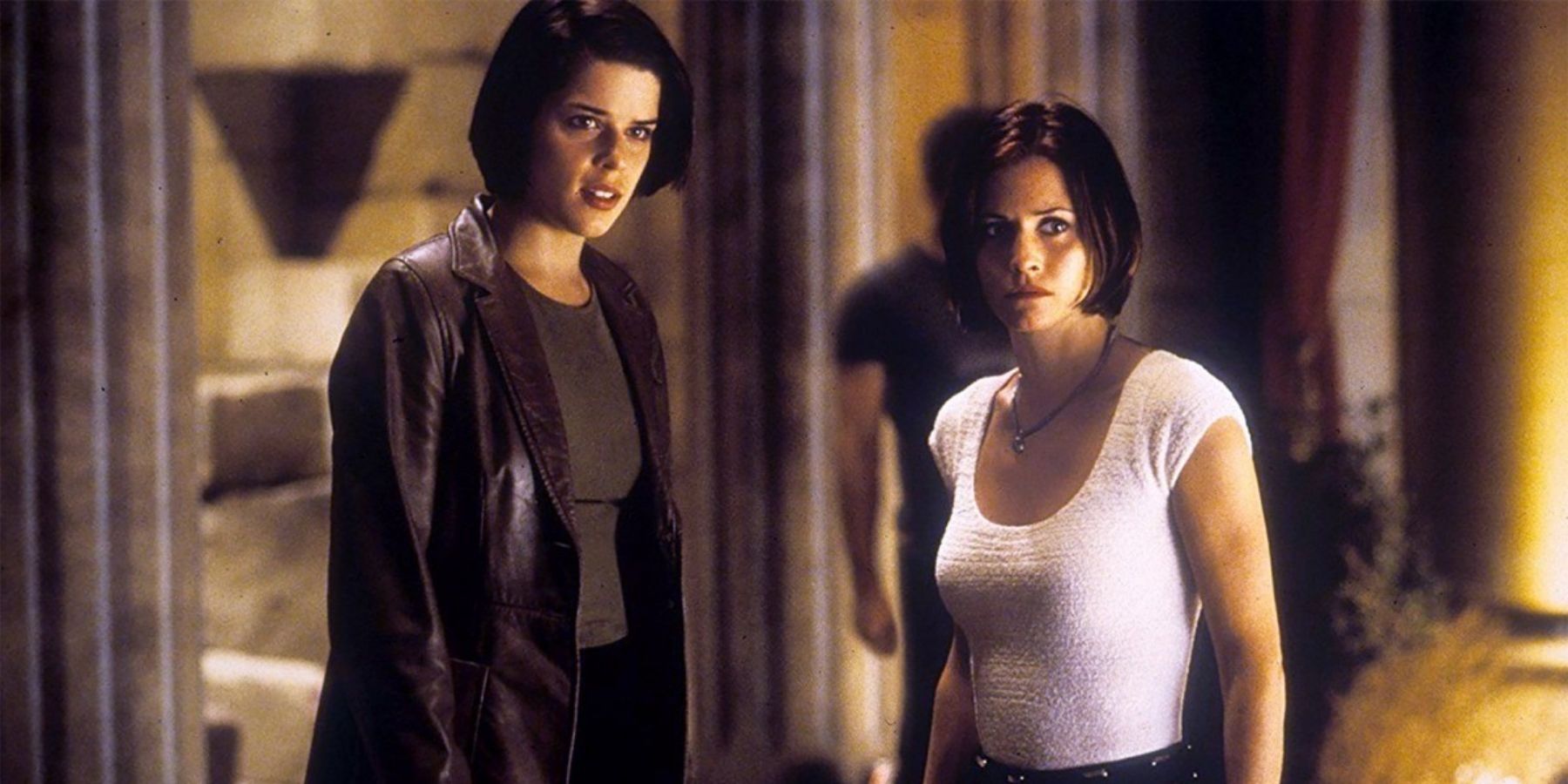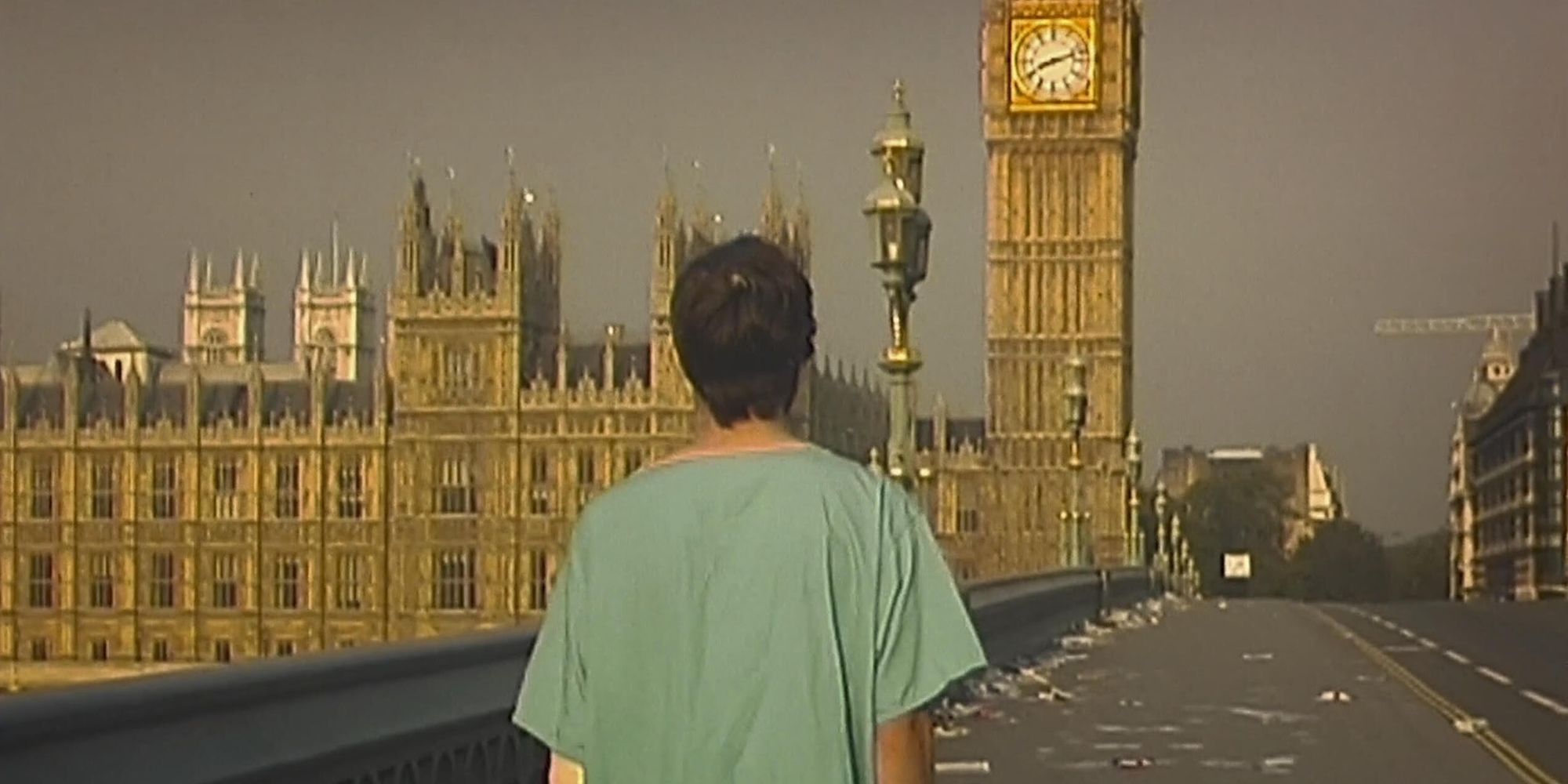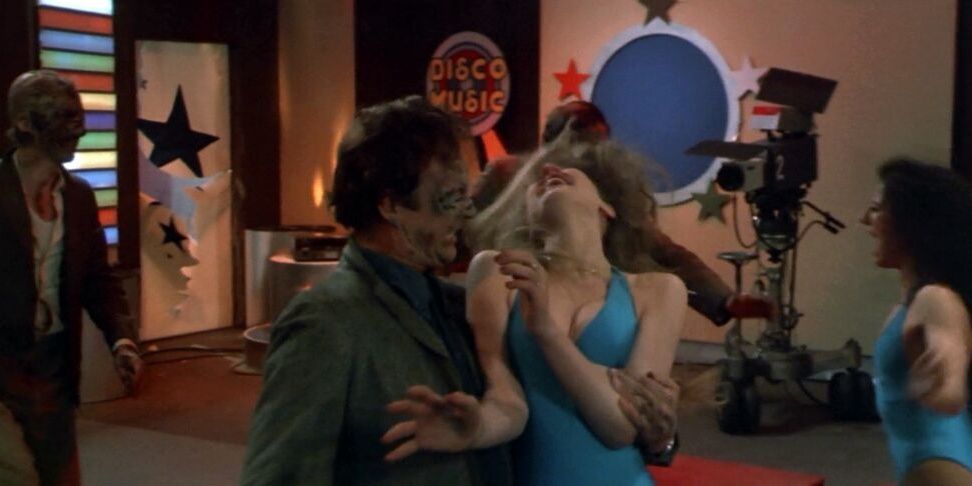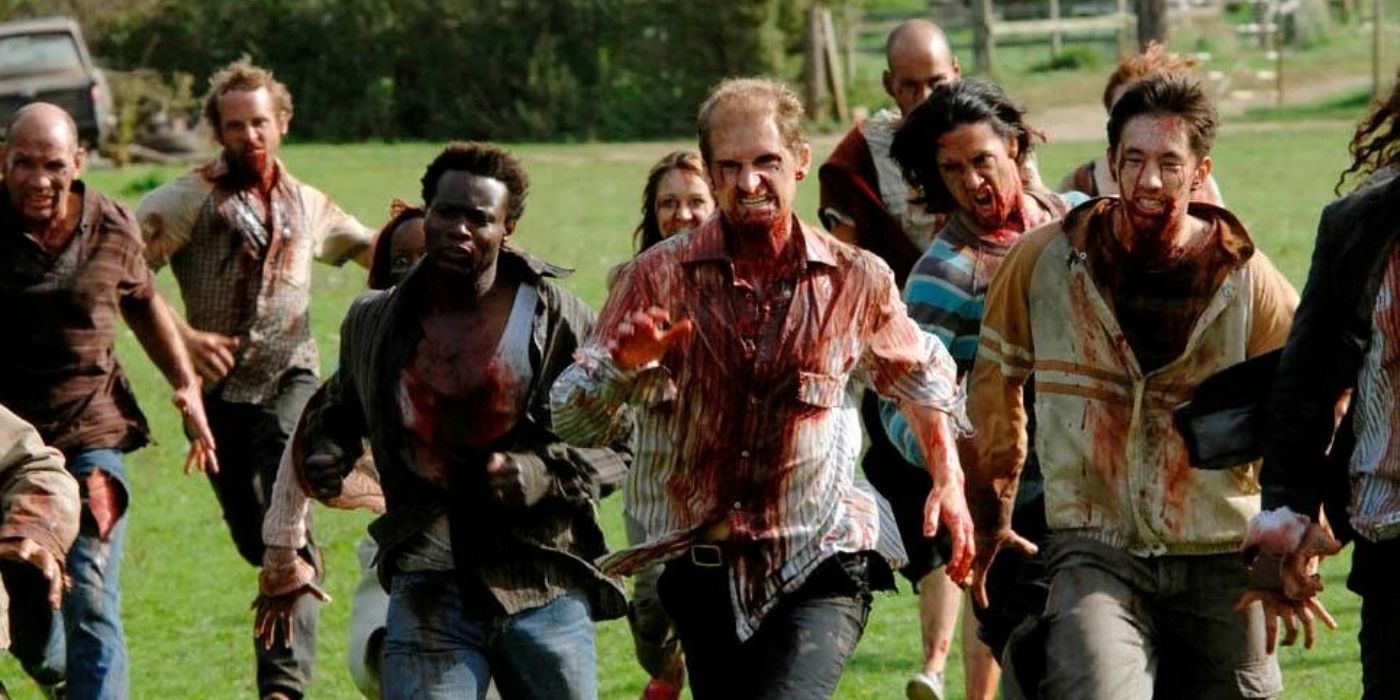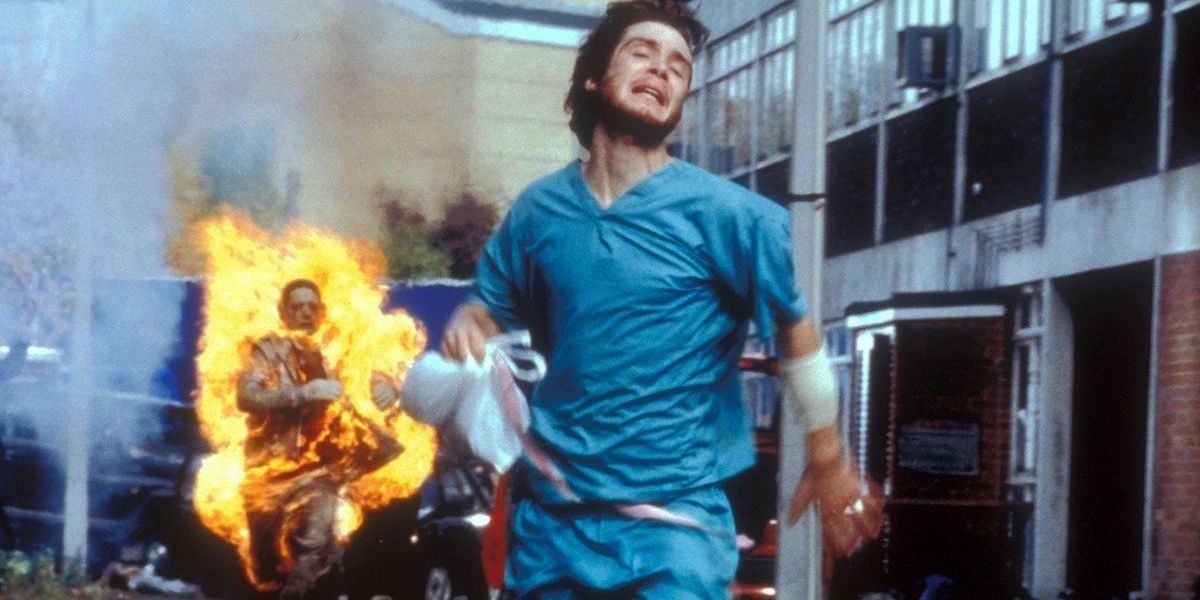Over the years, zombie movies have become a force of their own, constantly innovating and trying to find new ways to make zombies exciting and entertaining for audiences. Just like with any genre, zombie movies can get too predictable if they all follow the same tropes all of the time, so the creative teams behind these films, TV shows, and books are always looking for new ways to present the undead to fans of the genre. Even though zombie movies have been around for many years, a lot of innovations that seem classic were only introduced more recently.
The traditional idea of zombies is that they are slow, lumbering creatures, and that was the way they were presented for quite a while. The 2002 film 28 Days Later was one of the first pieces of zombie media to change this, and present zombies in an arguably much scarier form. The "zombies" (since the technical status of the film as a zombie movie could be argued) in 28 Days Later move very quickly, in a manner that is almost inhuman. While this trope has been seen many times since, this was the popularization of zombies that weren't slow and sluggish, and it ushered the zombie movie into a brand-new era.
What Was The First Film To Include Fast Zombies?
Return of the Living Dead (1985) is often cited at the first film to include fast zombies, as it featured zombies moved consistently at an incredibly fast pace. However, though Return of the Living Dead often gets the credit for pioneering the idea, there was actually another film (that came earlier) that did fast zombies first. Nightmare City (also called City of the Walking Dead) also included quick-moving zombies, though the "zombies" in this film are similar to those of 28 Days Later in that they're not really undead, just infected humans. 28 Days Later, however, was the film that really popularized the trope and made it into more of an actual trope than just a one-off gimmick. Nightmare City gets sort of lost in the conversation around zombie movies as it was a campy, Italian b-movie that didn't quite reach the heights that other, more popular zombie movies did.
What Are The Zombies Like In 28 Days Later?
The plot device of 28 Days Later is that a "Rage" virus has infected humanity after chimps who had the virus themselves were released from a research facility. People become infected through contact with the blood of the Infected; even just one drop will turn a person. The virus has a pretty instant effect when it gets into a person's system, turning them into someone who has intense rage coursing through their body and making them bloodthirsty, and they act similar to the way one might expect a zombie to. The only thing is that they move incredibly quickly, much faster than a human would. Their jerky, sped-up movements really add to the unsettling tone of the film, and they prove the point that fast zombies are much scarier than slow ones, as they can catch up to a person and tear them apart much more easily. There's less time to fight back against an enemy that movies faster than the uninfected protagonists, which really just ramps up the tension.
What Other Zombie Movie Tropes Does The Film Use?
28 Days Later's status as a zombie film could potentially be called into question, since the zombies are just called the "Infected" and the thing that turns them inhuman is basically rage and isn't necessarily a zombie virus. However, it's widely considered to be part of the genre, as the Infected resemble classic representations of zombies in a lot of ways, and the movie falls into some of the tropes associated with the genre. Director Danny Boyle tried to avoid calling it a zombie movie in the initial press release around the film, but seems to have since owned the title and the film's overall inclusion in the zombie movie canon.
As the virus takes over London, the residents evacuate, which leads to a desolate city that is sort of frozen in destruction, a common sight in any sort of apocalypse movie. Having the protagonist (who has just woken up from a weeks-long coma, no less) wander around a completely desolate city is one of the more terrifying moments of the film. There are also character tropes like the hardened warrior with Selena, who has lived through enough of this virus outbreak to not flinch at the idea of having to kill someone who has been infected in order to save herself. There is also a healthy dose of the found family trope, which is a staple of any good apocalyptic setting, as characters who have lost their biological family members band together to create an alliance and, eventually, a new family unit.
There are also a few other ways that the film actually subverts a lot of common zombie movie tropes, such as the fact that the virus changes those who are infected with it immediately, rather than the long, tortured process of zombification that is often found in the genre. When the Rage virus takes over the Infected, they become fast-moving and mindless, their only drive and desire being to kill, just without the hunger for brains that zombies typically exhibit. 28 Days Later is an interesting case because of how it plays with zombie tropes, and becomes an atypical zombie movie while also managing to define the genre.

